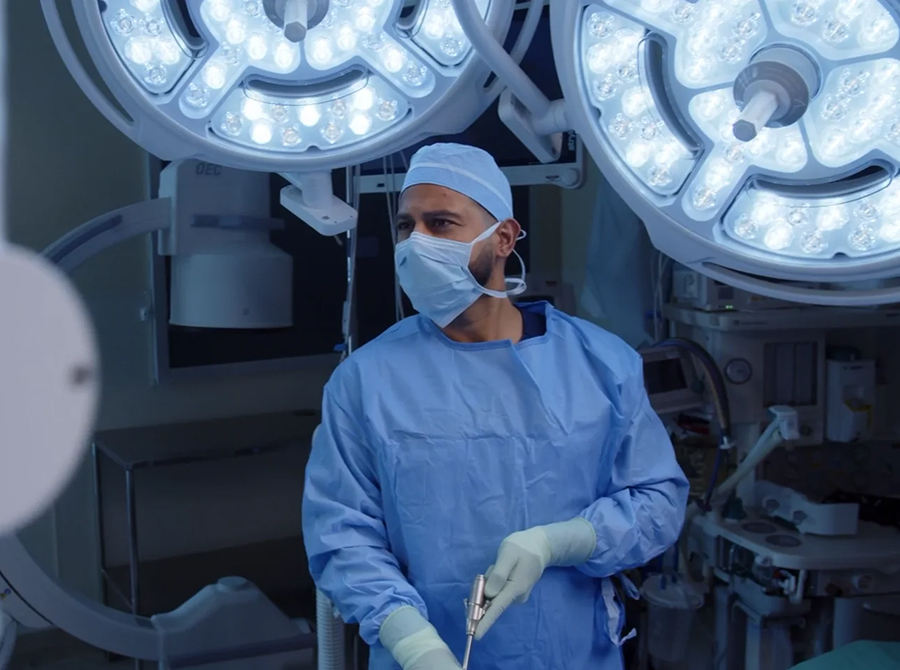Failed Hip Replacement Revision
Hip replacement surgery does not always yield the anticipated results, necessitating a subsequent surgical procedure known as revision surgery. The failure of a hip replacement can be attributed to various factors, ranging from implant-related issues to persistent infections. Recognizing the signs of a failed hip replacement is vital for timely intervention and successful revision surgery.
Causes
- Implant Loosening: One of the primary reasons for hip replacement failure is the loosening of the implant over time. This can occur due to factors such as inadequate fixation, improper placement, or insufficient bone quality.
- Wear and Tear: The prosthetic components in a hip replacement may experience wear and tear over the years, leading to diminished functionality. This can result in increased friction, inflammation, and ultimately, implant failure.
- Infection: Infections can be a persistent challenge following hip replacement surgery. Despite antibiotic treatments, some patients may develop chronic infections that compromise the integrity of the implant and surrounding tissues.
- Fracture: A fracture in the bone around the implant or in the implant itself can contribute to hip replacement failure. This can occur due to trauma, weakened bone structure, or excessive stress on the implant.
Symptoms
Patients experiencing a failed hip replacement may exhibit the following symptoms:
- Persistent Pain: Unrelenting or increasing pain in the hip joint, groin, or thigh could indicate a problem with the hip replacement. The pain may be sharp, stabbing, or throbbing.
- Swelling and Inflammation: Swelling around the hip joint accompanied by warmth and redness may be indicative of an underlying issue. Inflammation can result from infection or wear and tear of the implant.
- Limited Range of Motion: Difficulty in moving the hip joint or a noticeable reduction in the range of motion may suggest problems with the prosthetic components or surrounding tissues.
- Instability or Dislocation: A sense of instability or recurrent dislocations of the hip joint can signal a failure of the implant’s structural integrity.
- Audible Noises: Clicking, grinding, or popping sounds during movement may indicate friction between the prosthetic components, signaling potential implant failure.
Revision Surgery
Revision surgery involves the removal or modification of the original hip implant that has not performed as intended. The procedure aims to address the underlying issues that led to the failure of the initial replacement. Orthopedic surgeons may opt to replace the entire implant or only the problematic components, depending on the specific issues encountered. The objective is to address the root causes of the initial failure and restore the hip joint’s functionality while alleviating pain.
Outcomes and Recovery
Patients undergoing hip replacement revision should be aware that outcomes can vary based on individual circumstances. The primary goals of revision surgery are to improve function, reduce pain, and enhance the longevity of the revised implant. Rehabilitation and physical therapy are integral components of the recovery process, aiding patients in regaining strength, flexibility, and mobility after the revision procedure. Regular follow-up appointments with healthcare professionals are essential to monitor progress and address any emerging concerns.



